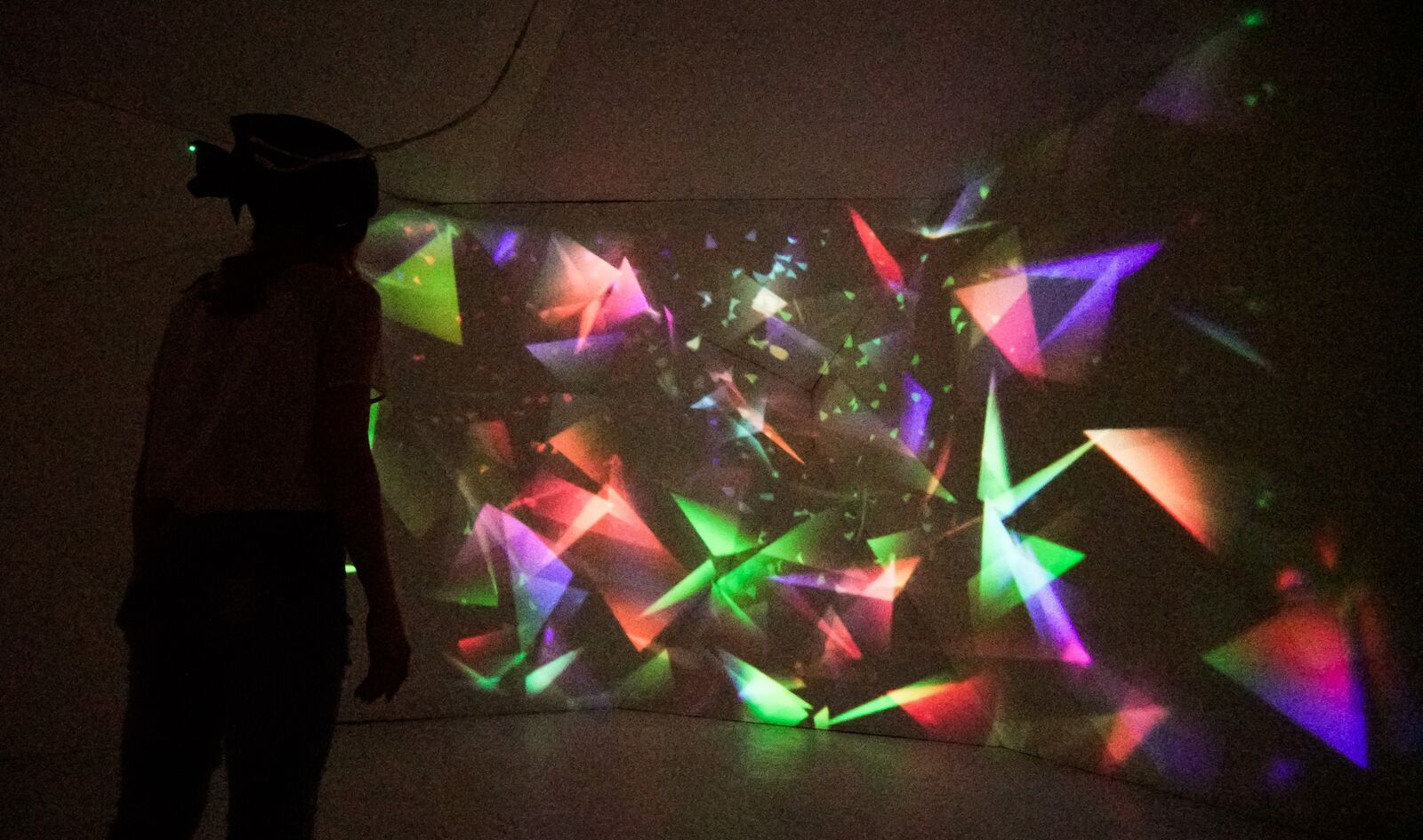Chief Science Officer / Fellow
FEEL 直観的接続技術
機器同士をつなぐ直観的でわかりやすいインターフェース
本プロジェクトに関わった暦本らは、公益社団法人発明協会主催の平成30年度発明表彰において「朝日新聞社賞」を受賞しました。同賞は、科学技術の分野で秀でた進歩性を有し、かつ、顕著な実施効果を挙げている発明等が対象で、特別賞のうちのひとつです。
機器同士の接続の複雑さ・煩雑さ・わかりにくさを解決する
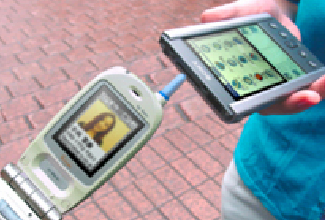 Wi-Fi や Bluetooth、携帯ネットワークなどさまざまな無線機能や、家庭内の LAN 環境が発達するにつれ、機器間で通信を行いながら動作するアプリケーションが増えつつあります。 しかし、目の前にある2つの機器を接続したいだけなのにその手順が面倒であったり、安全な接続を確立するのが、煩雑でわかりにくかったりするのが現状です。 ソニーCSL副所長・京都研究室室長 暦本純一を中心とする研究チーム(暦本純一,綾塚祐二,河 野通宗,松下伸行,大場晴夫 及び ソニー社内協力者多数)は、このような機器間接続におけるユーザーインタフェースの研究に取り組み、2001年に直感的で分かりやすいFEEL というコンセプトを発表しました。
Wi-Fi や Bluetooth、携帯ネットワークなどさまざまな無線機能や、家庭内の LAN 環境が発達するにつれ、機器間で通信を行いながら動作するアプリケーションが増えつつあります。 しかし、目の前にある2つの機器を接続したいだけなのにその手順が面倒であったり、安全な接続を確立するのが、煩雑でわかりにくかったりするのが現状です。 ソニーCSL副所長・京都研究室室長 暦本純一を中心とする研究チーム(暦本純一,綾塚祐二,河 野通宗,松下伸行,大場晴夫 及び ソニー社内協力者多数)は、このような機器間接続におけるユーザーインタフェースの研究に取り組み、2001年に直感的で分かりやすいFEEL というコンセプトを発表しました。
機器同士をタッチするだけで接続設定情報を交換
FEEL の基本的考え方は、二つの通信手段を組み合わせることです。 一つは、NFC(Near Field Communication)、FeliCa、赤外線通信など、通信に制約がある (近づけなければいけない、指し示さなければいけない) 通信手段、もう一つはWi-Fiや Bluetooth、携帯ネットワークなど、無指向性で高帯域の通信手段です。
たとえば、携帯電話と PC とを Bluetooth で接続したい場合、ユーザーは携帯電話をPC の NFC ポートにタッチします。すると、NFC通信により、それぞれのBluetooth アドレスや Security Key など通信の接続を確立するために必要な情報が交換されます。そして、NFC での通信がBluetooth による通信に切り替わったかのように (これをhandover=「引き渡し」 と呼びます)、Bluetooth 接続が確立されます。
NFC や赤外線通信など通常制約のある通信手段は、その制約ゆえに「どれとどれを接続したい」というユーザーの意図を汲み取るのには非常に好都合ですが、帯域や距離などの問題があるためその接続自体を継続するのには必ずしも適していません。
FEEL では、ユーザーの意図を NFC などで汲み取り、 実際の接続を Wi-Fi などに引き継ぐことで、簡単に「接続」を確立し、快適に「継続」することを可能にしています。
FEELを実装するプロダクトたち
FEELは、2009年に無線接続を自動化できるプラットフォーム、”CROSS YOU”として携帯電話に採用されました。 また、本研究をベースとして、ソニーの機器同士をかざすだけで、ワイヤレス接続し、簡単に音楽や写真などを楽しめる”ワンタッチ機能”が2012年に発表されています。 この機能によりスマートフォンなどの音楽を、外出先ではヘッドホン、自宅ではスピーカーと、ワンタッチで切り替えて聴くことなどができます。 「2013 International CES」においては、スマートフォンをテレビのリモコンにかざすだけで画面を液晶テレビ〈ブラビア〉に映し出すワンタッチミラーリング機能や、スマートフォンに保存された写真や動画などをかんたんにバックアップできるワンタッチバックアップ機能を発表いたしました。 そして、ワンタッチ接続(One-touch connection)は公益財団法人日本デザイン振興会が主催する「2013年度グッドデザイン賞」を受賞しています。
ワンタッチ接続 (One-touch connection)
- 事業主体名:ソニー株式会社、ソニーコンピュータサイエンス研究所、ソニーモバイルコミュニケーションズ株式会社
- カテゴリー:A2-3. 個人用機器、家庭用機器のインタラクションデザイン
この手法は、NFCのHandover規格としても国際標準化されていますので、将来、NFCの普及と共に、広く普及・発展することが期待されます。
Keywords
Members
Related News
同じリサーチエリアの別プロジェクト
Human Augmentation
Augmented Societies
人とAIの協動によるストレスフリーなカスタマーサービスの実現へ
生産性と環境破壊のトレードオフを乗り越える協生農法
人間ではない生き物の知覚世界をパーソナルプロジェクションマッピングによって体験できるシステム
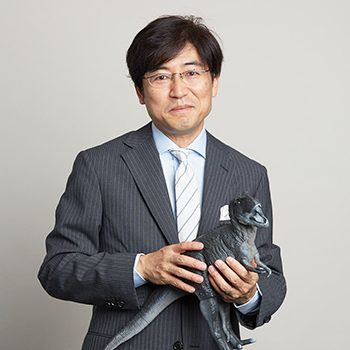
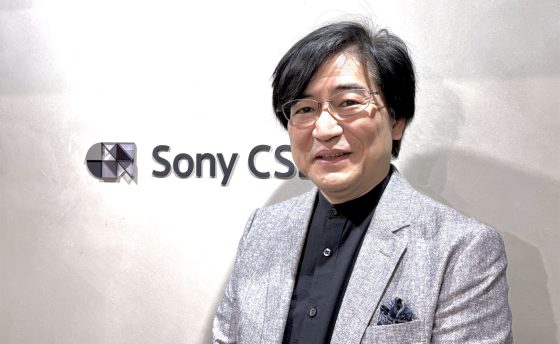

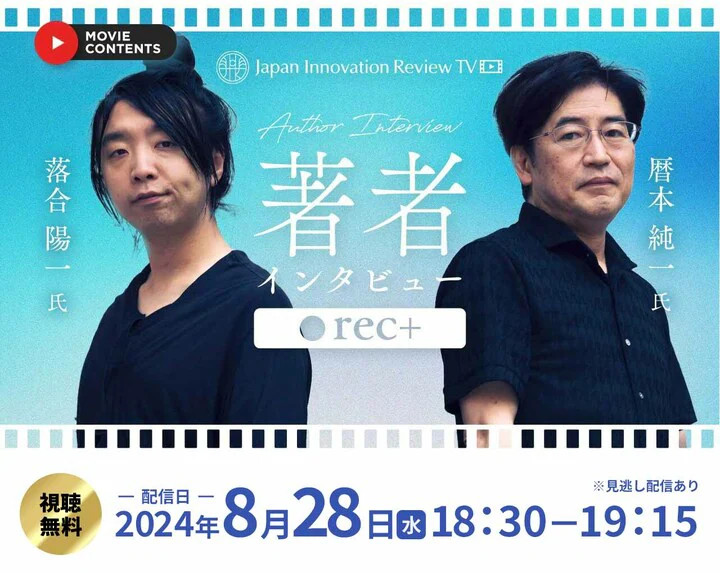
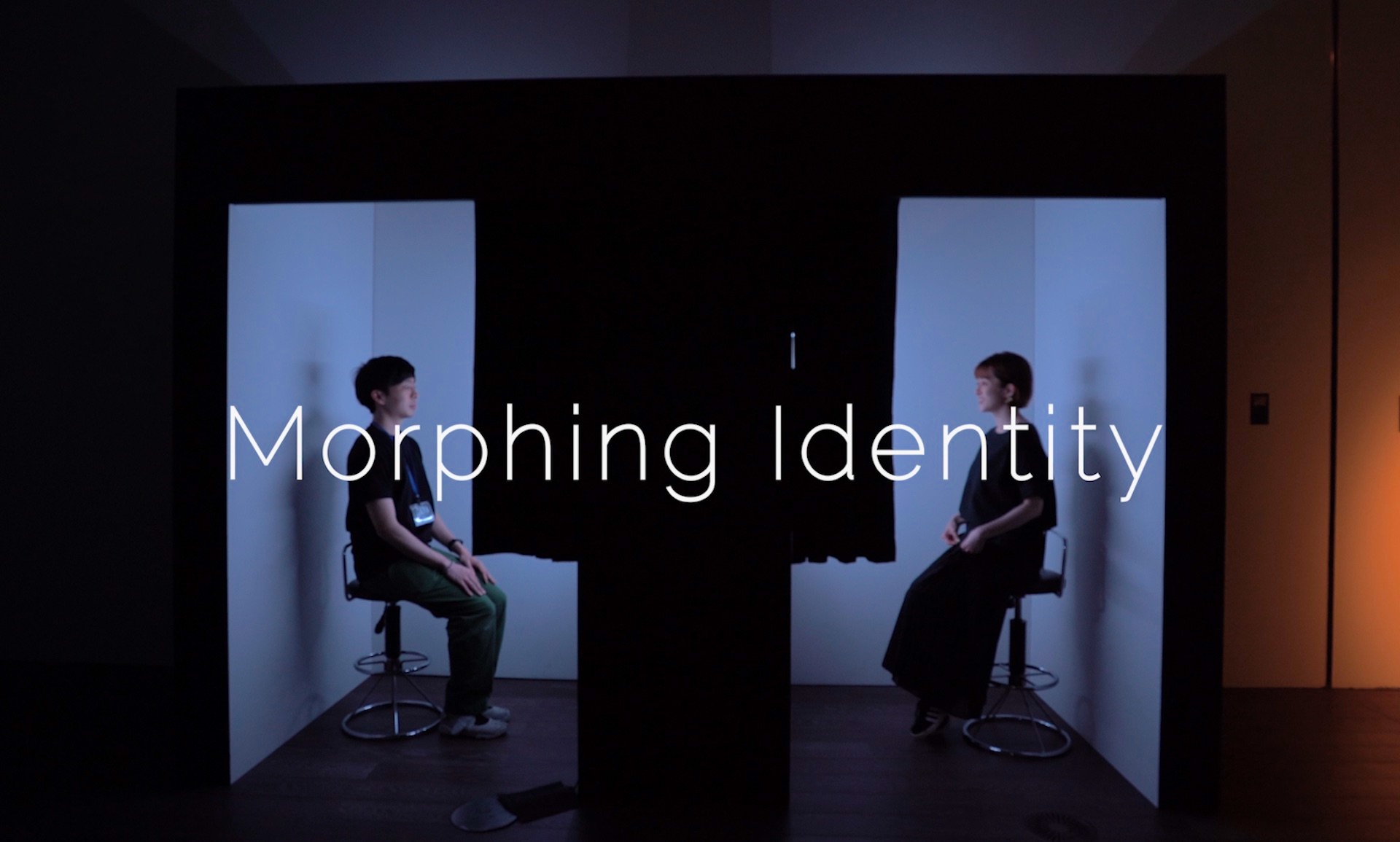
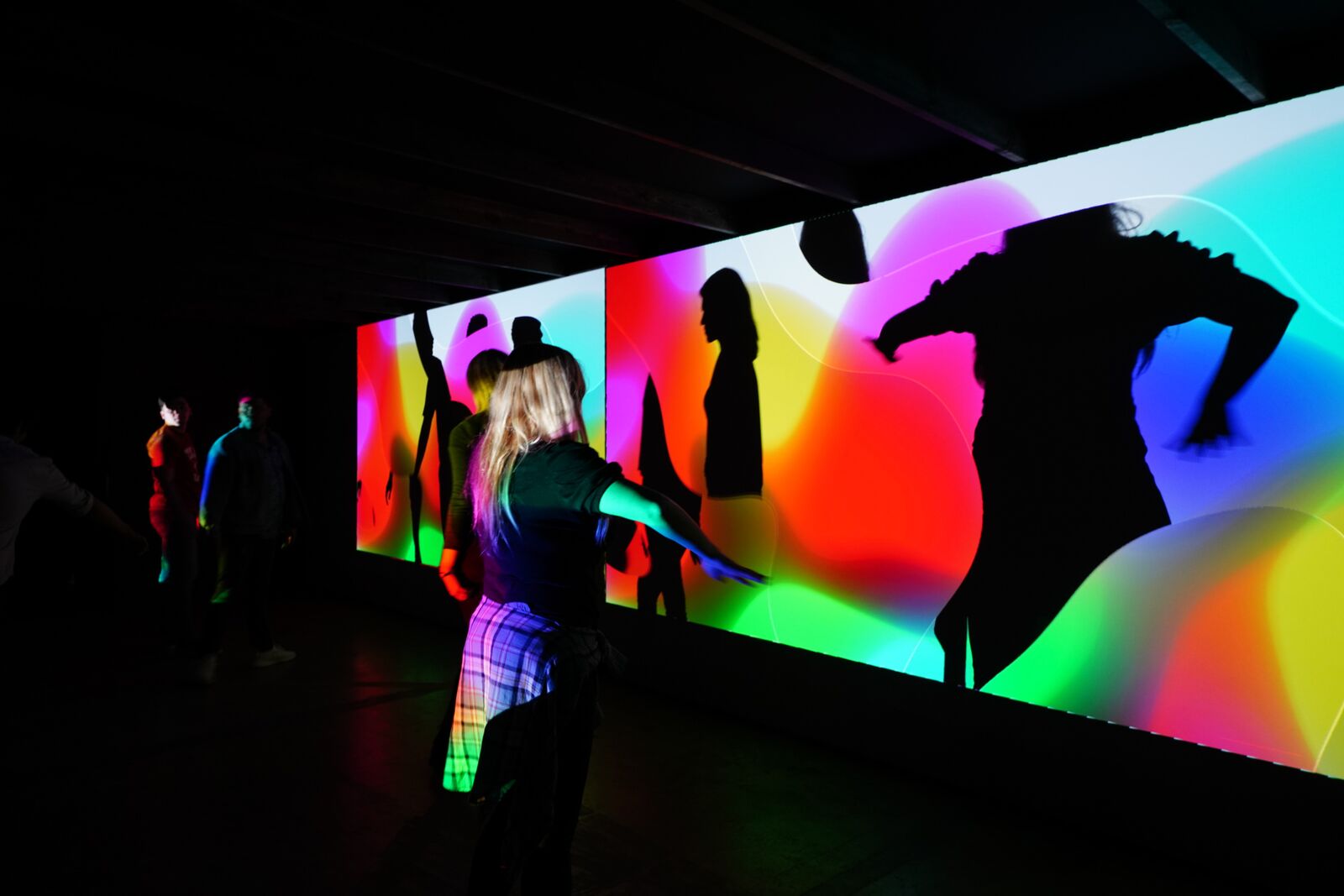
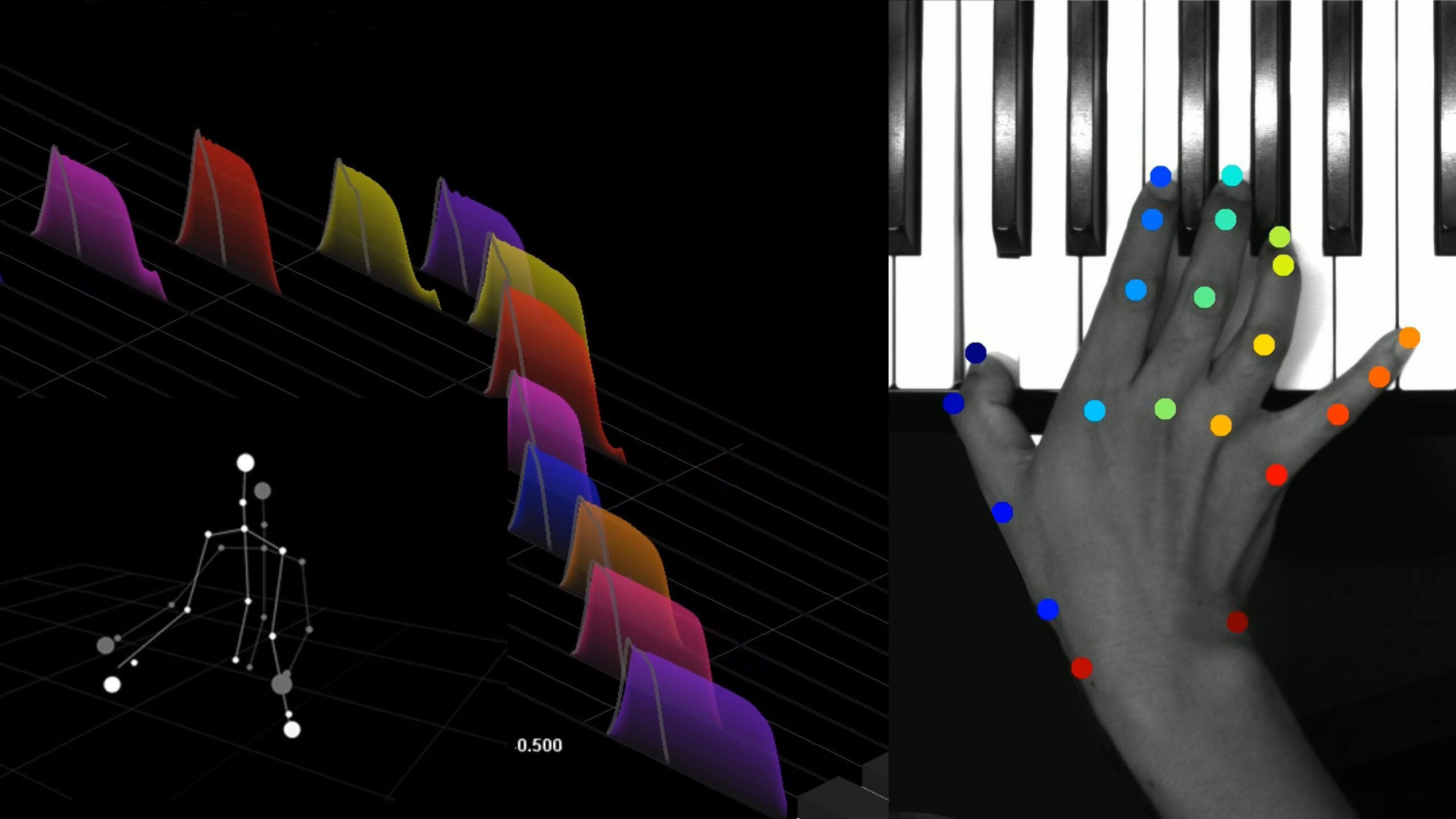
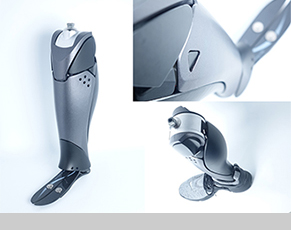


-1.png)
